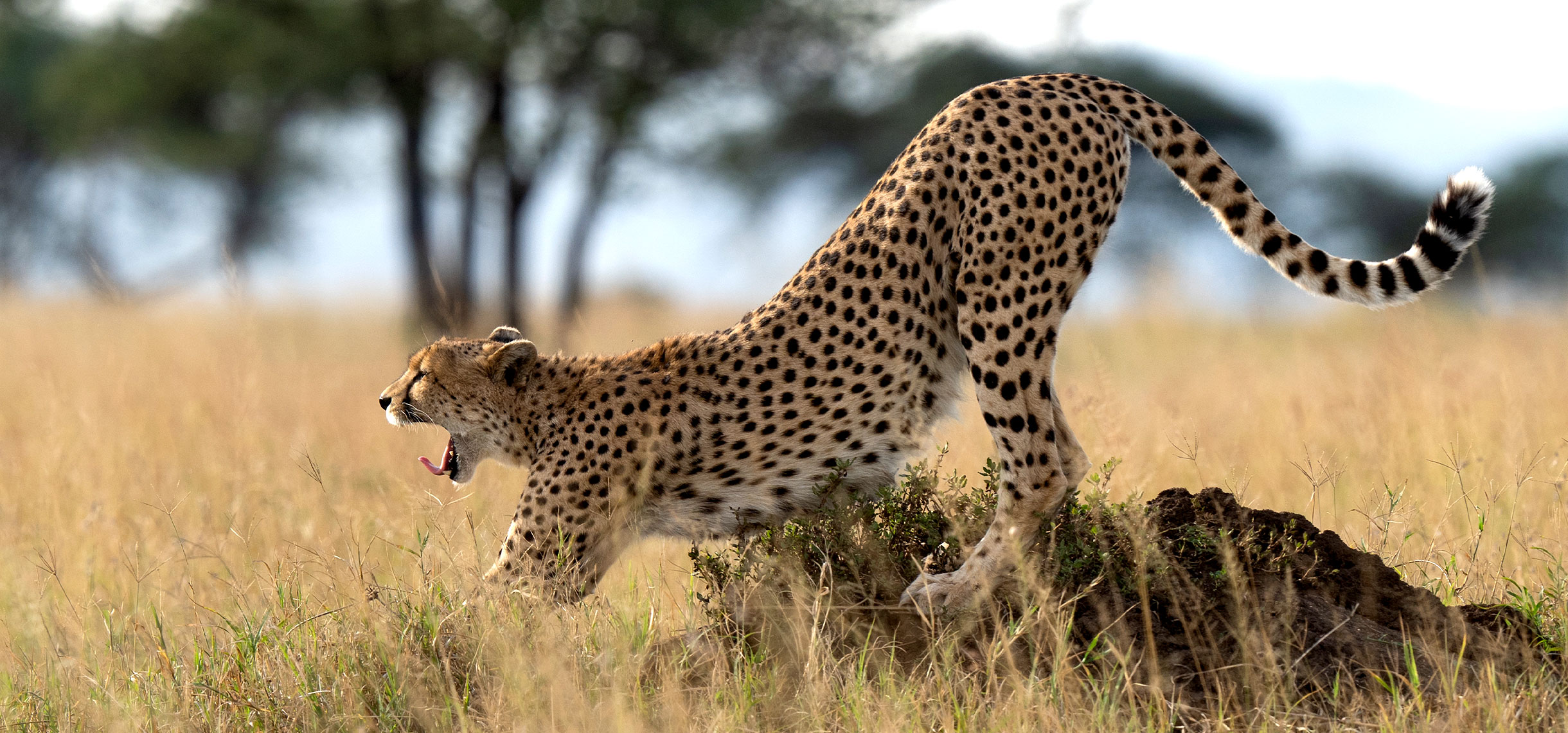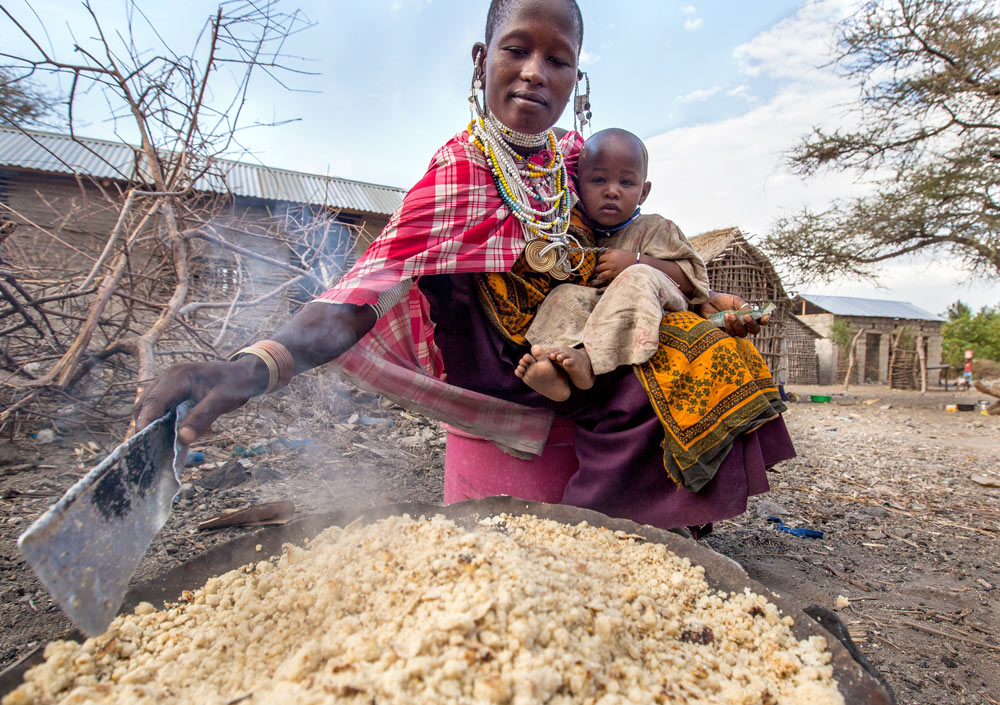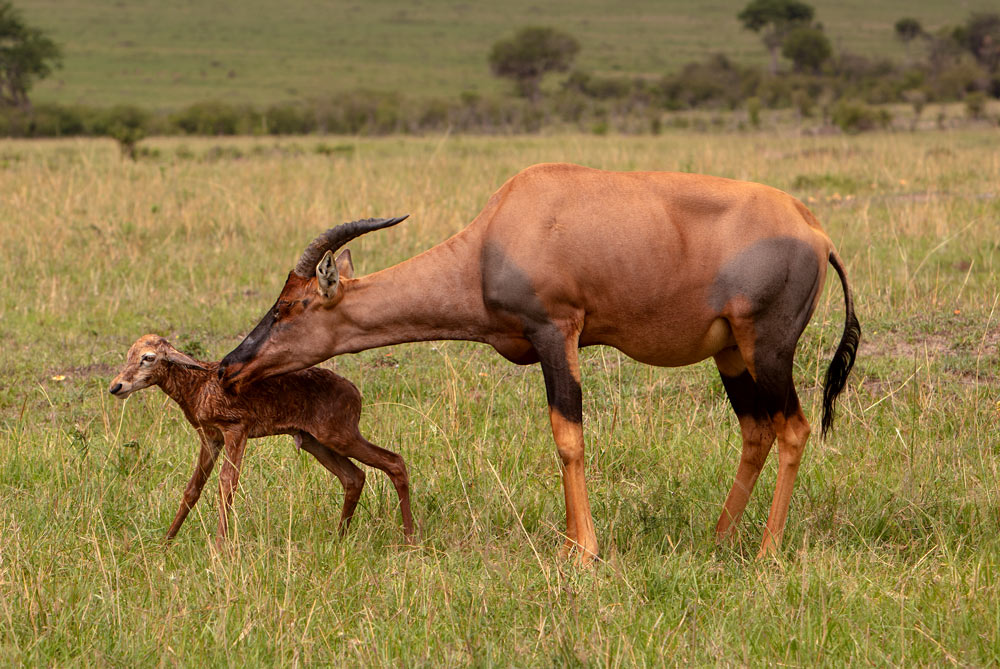




Publishing is one of the most important currencies in the scientific world. It is how scientists share their findings, build and refine theories, and offer meaningful critiques and debates that push disciplines further. Publishing helps to create a longitudinal record of the progress of ideas, which enables the scientific community to evaluate itself and its goals through written communication. The publishing process has many phases, progressing through the drafting of a manuscript, journal submission, incorporating feedback from reviewers, preparing supplementary materials, and responding to published comments. These tasks are often undertaken by multiple authors, which introduces yet another social and relational dynamic into scientific research. Open access and interdisciplinary journals are increasingly common and represent new audiences and, with this, new considerations of context, cooperation, and communication in publishing scientific papers.
Context means a number of things in terms of publishing. Journals are contexts, and determining which journal is the best setting in which to publish a particular article influences the success of the publishing process. In addition, journals are elite contexts due to the language and cost associated with accessing their content. This raises questions about the disconnects between journals and the contexts in which research is actually conducted. These issues need to be continually considered in order to ensure that the publishing process remains ethical, reflective, and aware of its relationships to the places and people that are involved in research yet outside of academia.
The production of a high-quality synthesis of ideas produced by a number of authors based on the multi-phased process of research is evidence of the unique human capacity to cooperate. Surrounding journal publication are intricate and elaborate networks of individuals and institutions that engage in the production of this particular medium of expression. Journals were created for specific reasons that emerge out of the need of scholars to communicate and debate. They have staffs and editorial boards. The contributors to journals span global institutions, which have their respective infrastructure that results from human beings working together. Journal readership and citations engage another broad audience (as well as exclude people, an important topic is raised in the next chapter on dissemination of science beyond publishing). This is a sketch of the enormous institutional capacity and connectivity that is needed to produce a journal (which is one factor in the cost of journal access). Beyond highlighting publishing as a cooperative exercise, the chapter also hopes to share best practices and critiques towards improving cooperation in publishing.

Communication is at the core of journal publishing and is, arguably, its primary purpose. Journals facilitate and are facilitated by a number of communications. Circulating new findings and information throughout a community of scholars indoctrinates young scholars to the canon and trends of a discipline. It is a form of standardization and reinforces the conventions of a discipline to create a common place of departure for collaboration. Journals are also platforms for debate and may communicate deep intellectual and personal disagreements. If we think of a discipline as a linguistic group and community of practice, i.e., a collection of individuals who share a common language and craft, journals are repositories of group norms and foundational ideas. Journals are like the material culture of science; thus, they are important symbols of science that can be analysed to better understand the social context of science. They do more than simply communicate facts, though that is one of their primary functions. Understanding journals as symbolic forms of communication offers insight into how science is produced, by whom, for whom, and to what end.
Given the trend towards interdisciplinarity and collaboration in science, multiple authorship is becoming the norm across disciplines. Open access journals are also extending the reach and connectivity of scientific publication. Many global scholars have committed to publishing in languages besides English, which may help to broaden the audience. Publishing is both emblematic of the barriers to entry that surround the ivory tower as well as attempts by scientists within academia to provide greater access. Publishing and journal access remain key mechanisms of inequality between European and African scientists. Given the collaborative nature of scientific research, one must remain mindful of publishing as yet another example of context, cooperation, and communication in science. As a social form of knowledge production, journals represent and respond to the longitudinal trends in science, which are being refined and revised through international and interdisciplinary scientific collaborations.
The following quotations reflect the views of participants in the AfricanBioServices project when asked about the process of publishing in scientific journals. Their responses are presented in the form of thematically organized quotes. The analytic frame uses three themes, the 3Cs—context, cooperation, and communication. This threefold approach provides an interpretative framework for the quotations; however, there is also connectivity between the quotations in the three sections. This thematic organization of the diverse voices of scientists offers a cohesive approach while acknowledging the individual variation among scientific perspectives.
Experience is quite important in the decision where to publish your results and how high to aim. What should you send to the African Journal of Ecology, and what should you send to Nature or Science (and everything in-between)? This requires good assessment of the generality of your message, and the audience you are trying to reach.
– Han Olff
There is a financial aspect to publishing that must be considered in collaborations where there is different access to financial resources.
– Innocent Babili
Researchers want papers. Donors and governments want policies.
Open access journals are very important so that people from different nations can have equal, or at least equitable, access to journals.
– Innocent Babili
We have a system of impact factors and young scientists often aim high, sometimes too high. Aim at a place that is suitable for the importance and impact of your paper. In addition, this is difficult to judge at the beginning. This is what PhD advisors are for. What is the harm of sending something to Nature, Science, Ecology Letters, PNAS? You get disappointed in your own paper. If you start too high, then it gets rejected and you revise and get rejected and you become less motivated. Aim where it should go, which keeps your motivation. In addition, the publishing process moves faster.
– Han Olf

When people feel ownership over the project, then they will drive the publication process. If they don’t feel that ownership, which goes back to the origins of the project, then they are less inclined to drive the publication process.
– Stuart Smith
I am of the philosophy that the only way we break down boundaries in publishing is to be widely inclusive during this step. That includes scientists of all ages and disciplines and major stakeholders. And, then in the acknowledgments, others who contributed but not materially to the research in any stage appear. So, this means I would include as an author a community organizer who set up the research logistics but I would not include the politician who signed the research permission letter. I would also include people closer to the research as authors like community members who collected data, even drivers on intensive field collection teams, if they were with the team for a long period of time. I will never ever forget the look on the face of a Turkana pastoralist when I handed him a paper that had his name on it for the first time. Or when we gave a major national scientific award to community members and their names were on that award as well. These are things I will take with me for the rest of my life.
– Robin Reid
I insist that my students take the leading role on papers. They will come up with a work program for the team. Students should take the leading role in situations like this and they can learn.
– James Odek
We struggle with internet connectivity, power, and access to journals due to library subscription. Share articles. This is one benefit of working with scholars in Europe and the US. This enables a stronger literature review and more relevant publications.
– John Mgonja
In other groups, I’ve heard people comment that they collected the data but were not included as participants on publications. This is one place where accusations of stealing data or using data without consent may come in. If a person collects data but is not included on the publication, they may feel as if their work was used without getting credit.
– Stuart Smith
Don’t underestimate the power of writing a paper through online collaborative documents, such as Dropbox Paper or Google Doc. At first, people often find this difficult because they have become used to the process of writing a version, then sending it to another person who comments on it, then working the comments in new version, send it again, and so on. This can work well with 2-3 people. But, what if you write a paper with 20 or 30 people and you need all their contributions? Once you have a trusted group of colleagues that you work with, you simply accept that the text is developing all the time and that is where online manuscript development can work very well. In such a case you can’t, as a lead author, keep track of every detail or who has changed or contributed what exactly. As a researcher working this way, in a collaboration, there is a need to change the mindset. You should not think: I’ve written this beautiful piece and the lead author may not realize that I contributed this. The end product is what really matters in such group collaborations and this should be everyone’s focus in the writing process.
– Han Olff
In some journals, they ask what role did people play. From my perspective, data collection qualifies as participation, especially if the data collector participates in design.
– Stuart Smith
While writing an online manuscript, someone, of course, has to take the first initiative to write a first draft or outline. You can start tasking out things. Make a remark. Flag the problem. The next person can respond and so on. The first person can say, I will write this. Problem solved. Signal problems and solve problems through dialogue and a solution is found. Change the text directly, don’t comment with suggestion. Change it again, if you do not like a new change. With Dropbox Paper, you automatically get a weekly overview of who contributed to the manuscript. The intrinsic competitive nature of researchers often also motivates them to work on it, as they do not want to stay behind others in contributing.
– Han Olff
On my team, I wanted my junior collaborators (in terms of academic rank) to also have publications on which they were first authors to help develop their career. I ensured that this happened by helping them develop their analyses and writing style with this goal in mind. It worked.
– Stuart Smith

Write good papers for high profile journals and take it from there. The resulting publicity around such papers in regular and social media can help to spread the news of your findings and promote the use of the results by stakeholders, such as policy makers.
– Han Olff
Open access journals are important representations of this process. They represent sharing knowledge and working towards a common understanding. They remind us that conservation is not a single individual’s or group’s decision or work.
– Rehema Ulimboka
Have reasonable expectations but do the best that you possibly can. At some point, you need to narrow it down to something in which you can realistically have your results disseminated. It is not always necessarily so, that the highest impact journal is the best outlet. Sometimes there is a bigger impact by interacting through other sources and other media than peer-reviewed international journals.
– Martin Nielsen
If you are working on a paper with different people in different parts of the world, the authors are able to work very closely and exchange the skills of writing, which is influenced by experience. International groups with senior and junior scientists can transfer knowledge, both about local context and the writing process.
– Moses Kyando
The fact that I am an outsider (as a social scientist) in a group (of wildlife scientists) seemingly coherent within itself often left me with a sentiment of loneliness and desperate helplessness. I often found myself feeling helpless during meetings when everything that my colleagues present is problematic, but I have nothing to say because I did not know where to start. I have tried to overcome this desperation by engaging in scientific debates both in face-to-face meeting and through publications that addressed some of the flaws in the arguments made by my colleagues which are based on taken-for-granted notions, which I generally found counterproductive for conservation work.
– Tekle Weldemichel
Researchers are accustomed to sending their research to journals, and they look for high-impact journals, but in fact that audience can be limited.
– Innocent Babili
Being open to input is important to developing the manuscript. Take the time to consider inputs from everyone who is willing to share.
– Hamza Kija
1
Using the experiences of AfricanBioServices researchers, what specific issues emerged relative to the 3Cs during the publishing phase of this international and interdisciplinary project. Based upon their insights, what would you have done to avoid or address the problems?
2
Familiarize yourself with the Vancouver Convention about the ethical principles for publication. This was created in 1978 for Medical Journals and has been adopted by other disciplines. Given the cooperative nature of field work in conservation research, do these principles apply? Specifically, should data enumerators and key research personnel be included as authors on a paper? Make your case for why or why not.
3
Philipo Jacob and Innocent Babili reference the financial aspects of publishing in open-access, high impact journals. Research the fees associated with various types of journals and debate their purpose and impacts.
4
Han Olff references online collaborative documents. Research options for such online applications. Create a dummy document with a group and discuss your experiences. Weigh the pros and cons of various options.
5
Moses Kiando references collaborative research as an opportunity for junior scientists to improve their writing and understanding of the conventions of scientific writing. What are some of the key features of good scientific writing? Find and bring an example of good scientific writing to make your case.
6
Find an article outside of your discipline and offer a critique from your discipline with the aim of making the article more interdisciplinary in scope. Based on this exercise, what are the strengths and weaknesses of interdisciplinary critique and contributions to scientific writing?
7
What are the roles involved in publishing a paper? How can the 3Cs assist in this division of labour?
